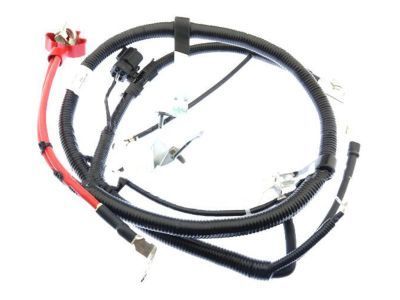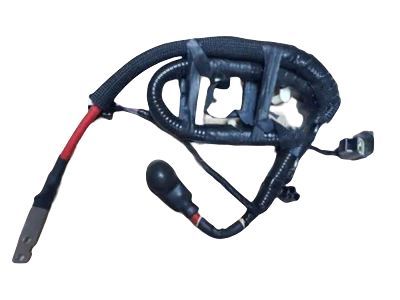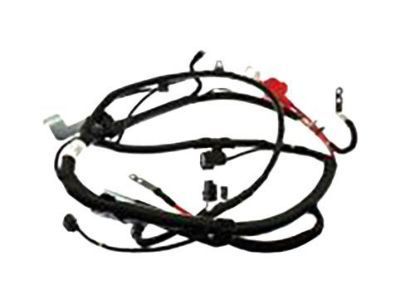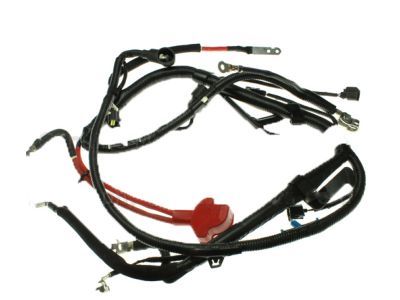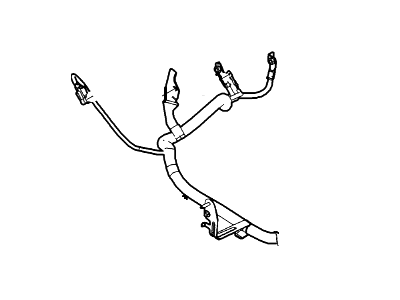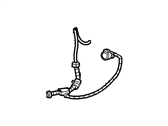×
- Live Chat
- 1-888-788-9341


My Garage
My Account
Cart
Genuine Ford Explorer Sport Trac Battery Cable
Car Battery Cable- Select Vehicle by Model
- Select Vehicle by VIN
Select Vehicle by Model
orMake
Model
Year
Select Vehicle by VIN
For the most accurate results, select vehicle by your VIN (Vehicle Identification Number).
12 Battery Cables found
Ford Explorer Sport Trac Battery Cable
Battery Cable in Ford Explorer Sport Trac vehicles are used in the transmission of electrical current from the battery to other electrical parts to make the starter work and to start the engine. In the course of time these cables may wear out through such factors as oxidation, warping, or even mechanical damage and this may reduce their effectiveness and possibly affect starting problems. As with any vehicle essential among the proper use of the battery, it is strongly suggested that the cable associated with it should be checked now and then to avoid such failures. Various cables used in battery connections may have been used in the different models of Explorer Sport Trac with an emphasis on the integrity of the connection between the battery and the starter. There are options for premium replacement Battery Cable to overcome the problems related to wear and tear to guarantee the system's functionality. These cables are built to required superior standard to withstand the expected duty cycle, and therefore will last long and ensure the vehicle starts as required.
We provide a wide range of Ford Explorer Sport Trac Battery Cable at the best prices possible. If you need Ford Explorer Sport Trac Battery Cable, you can shop with confidence on our website. All our OEM parts come with a manufacturer's warranty and are delivered to your door step with a fast delivery service.
Ford Explorer Sport Trac Battery Cable Parts Questions & Experts Answers
- Q: How to inspect and replace battery cables on Ford Explorer Sport Trac?A: Periodically inspect the entire length of each battery cable for damage, cracked or burned insulation and corrosion. Poor battery cable connections can cause starting problems and decreased engine performance. Check the cable-to-terminal connections at the ends of the cables for cracks, loose wire strands and corrosion. The presence of white, fluffy deposits under the insulation at the cable terminal connection is a sign that the cable is corroded and should be replaced. Check the terminals for distortion, missing mounting bolts and corrosion. When replacing the cables, always disconnect the negative cable first and hook it up last or the battery may be shorted by the tool used to loosen the cable clamps. Even if only the positive cable is being replaced, be sure to disconnect the negative cable from the battery first. Disconnect and remove the cable. Detach any battery cable ties or retaining clips. The positive battery cable is fastened to the Starter relay and the starter. The negative battery cable is fastened to the inner fenderwell, the starter motor lower retaining bolt, the engine block or the frame rail depending on the model year of the vehicle. Make sure the replacement cable is the same length and diameter. Clean the threads of the relay or ground connection with a wire brush to remove rust and corrosion. Apply a light coat of petroleum jelly to the threads to prevent future corrosion. Attach the cable to the relay or ground connection and tighten the mounting nut/bolt securely. Before connecting the new cable to the battery, make sure that it reaches the battery post without having to be stretched. Clean the battery posts thoroughly and apply a light coat of petroleum jelly to prevent corrosion. Connect the positive cable first, followed by the negative cable.
